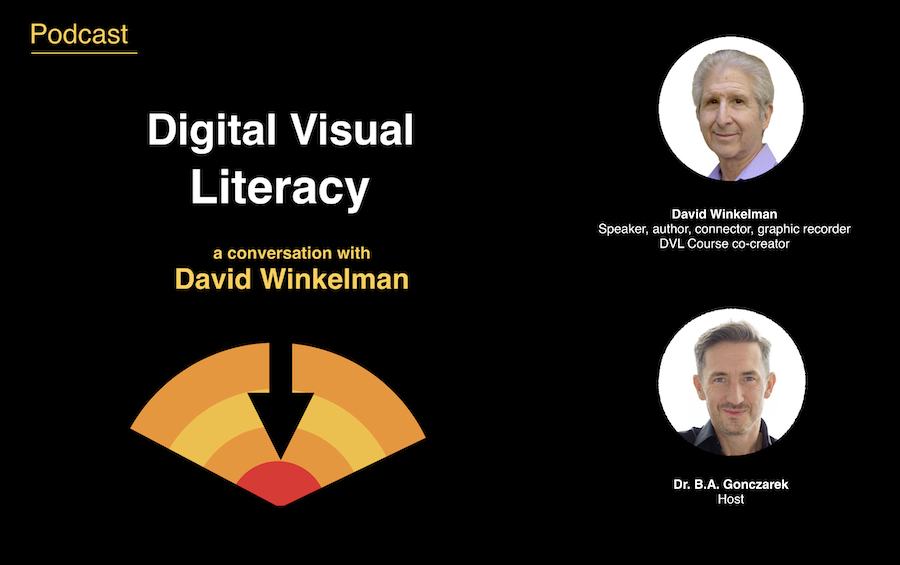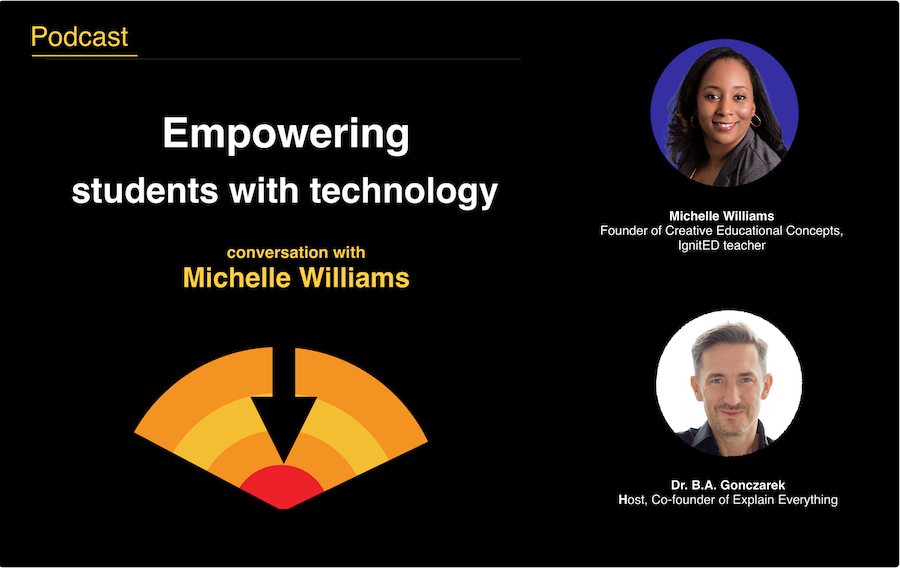A conversation with David Winkelman about, what we call “Digital Visual Literacy” — the skill of supporting conversation and remote calls with visuals to enable people to work more productively together.
Continue ReadingEmpowering students with technology
A conversation with Michelle Williams, the ignitED teacher about technology adoption in schools and how digital devices in the classroom are essential to close achievement gaps.
Continue ReadingVisual Storytelling in Health Literacy
During this in-depth conversation with Dr. David Grew, a radiologist and physician, we explore how the innovative art of visual storytelling can support communication between medical professionals and their patients.
Continue Reading

